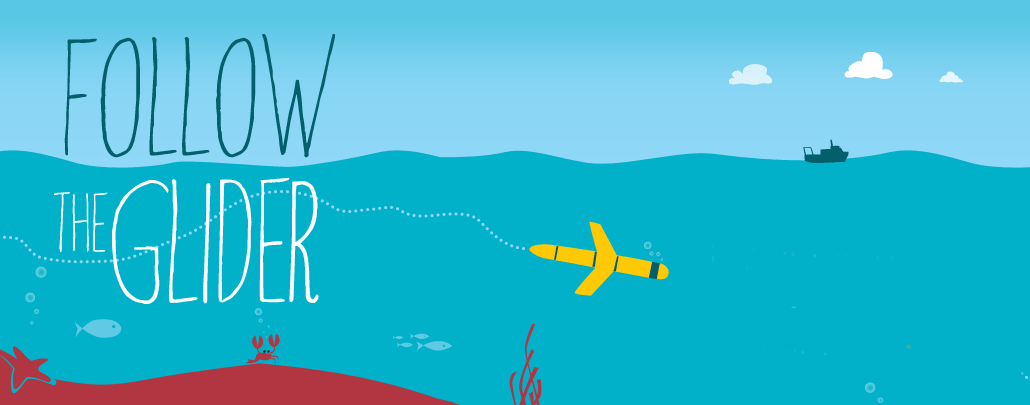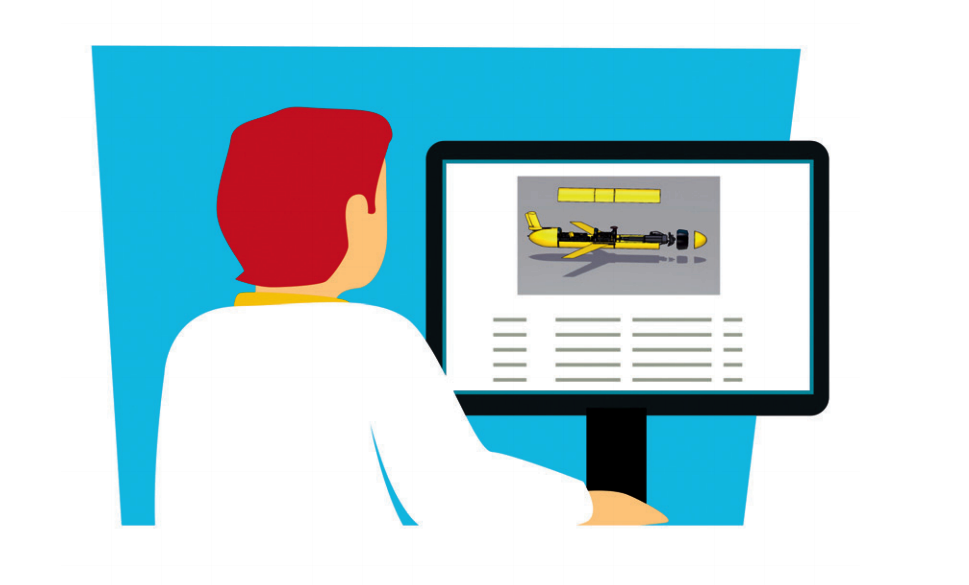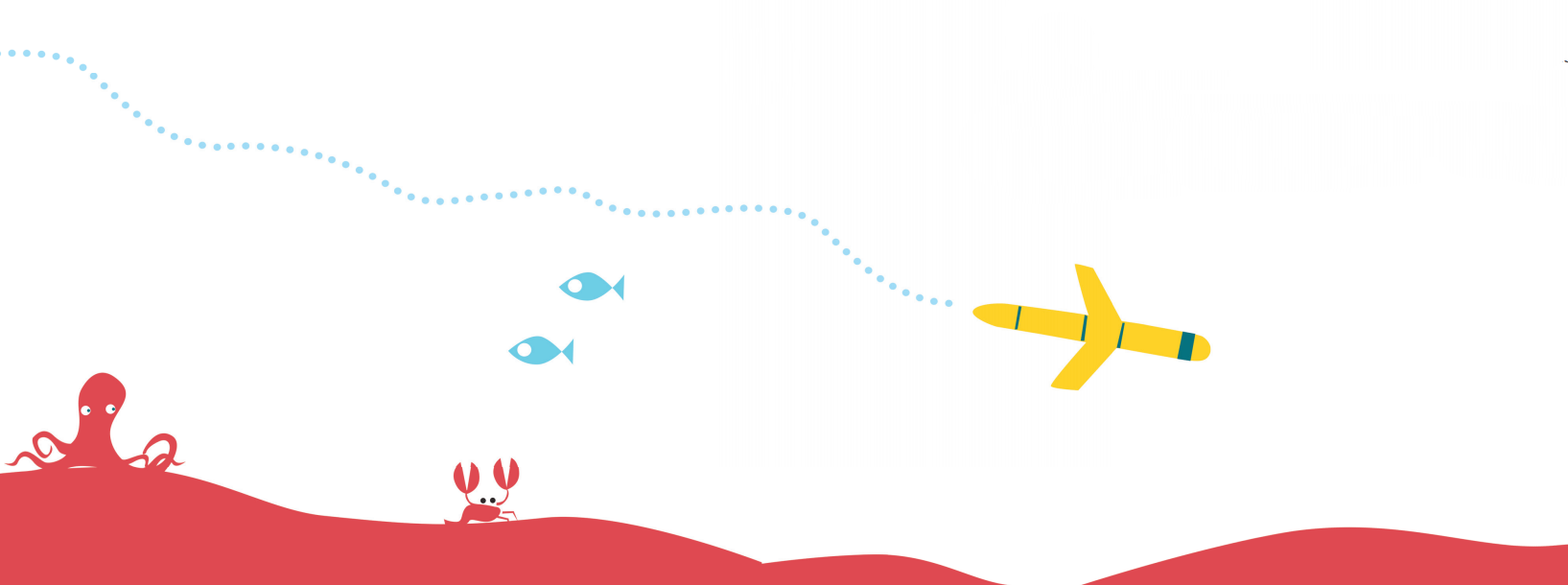
The provided teaching materials are a complementary resource within a broader exploration of gliders and coastal research, and include a series of activities that have been conceived to facilitate reflective learning and active student participation.

In addition to the option of monitoring gliders’ courses, the educational program provides visual explanations of how these devices work and how to interpret data such as salinity, temperature, and the amount of chlorophyll and oxygen in the seawater. Meanwhile, teachers will find a specific area aimed at helping them use the tool in a directed way using classroom activities.
Follow the Glider enables students and teachers to follow the course of ocean gliders in almost real time, examine past missions, understand the data provided by these autonomous underwater vehicles, and acknowledge the importance of coastal research for developing predictive models and facing phenomena such as climate change. Follow the Glider is a multilingual tool developed in the Balearic Islands and aimed at European children, schools, as well as everyone else among the general public who may be interested in this technology.
- Help students learn what ocean gliders are and their importance for coastal research.
- Enable students to monitor the gliders that SOCIB currently has in operation in the Balearic Sea.
- Learn to interpret the information provided by gliders.
- Raise awareness of coastal research among students.
- Integrate environmental knowledge as a basic element for students’ overall education.
- Implement strategies that enable individual work and active, responsible collaboration in cooperative learning.
- Raise awareness of the need to protect the environment, supporting conservation and an appreciation of nature.
- Provide tools for teachers, whose role is key for mediating the teaching-learning process.
- Foster scientific vocations.
Scientific Knowledge
Acknowledging the role of scientific knowledge in technological development and in people’s lives; valuing the contributions of the natural sciences to address the needs of human beings and improve their living conditions, participating in their conservation, protection, and improvement.
Using information technologies as reference instruments.
Interpreting data and information about nature and using that information to increase our insight into the natural environment.
The Marine Environment
Conservation of ecosystems and sustainable use of resources. Coastal Water Research
Status of current research.
Presentation of ICTS SOCIB.
Gliders and Their Role in Research
What gliders are and how they work. Structure, functions, and uses. Interpreting Data and Drawing Conclusions. Measurement parameters. Practical applications.
![]() DOWNLOAD Student Book
DOWNLOAD Student Book ![]() Visit Follow the glider
Visit Follow the glider

